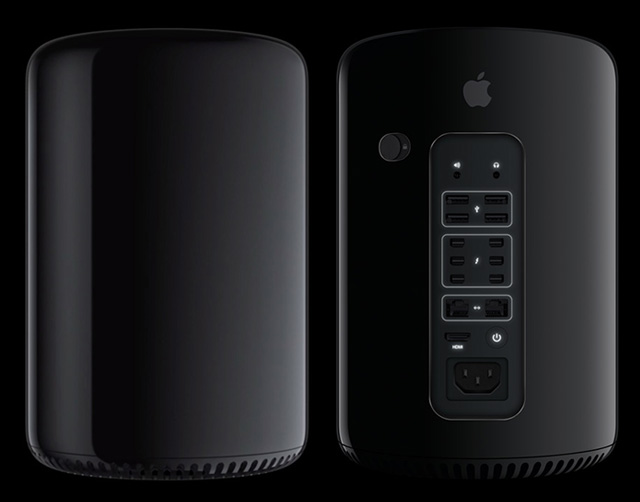Ssd For Mac Mini
These steps apply only to Mac computers with an Intel processor. The steps to erase a Mac with Apple silicon are different.
Apple has determined that a limited number of 128GB and 256GB solid-state drives (SSD) used in 13-inch MacBook Pro (non Touch Bar) units have an issue that may result in data loss and failure of the drive. 13-inch MacBook Pro units with affected drives were sold between June 2017 and June 2018. LaCie 500GB Mobile SSD High‑Performance External SSD USB-C USB 3.0 Only at Apple. $129.95 All Colors. LaCie 1TB Mobile SSD High‑Performance External SSD USB-C USB 3.0 - Previous Gallery Image. 8TB SSD Kit for Mac Pro - Next Gallery Image; 8TB SSD Kit for Mac. Testing conducted by Apple in October 2020 using preproduction MacBook Air systems with Apple M1 chip and 8-core GPU, configured with 8GB of RAM and 512GB SSD. The Apple TV app movie playback test measures battery life by playing back HD 1080p content with display brightness set to 8 clicks from bottom. Battery life varies by use and configuration. MCE Technologies 1TB SSD for Mac Pro (Late 2013): PCIe-Based 4 Lane (x4) NVMe SSD Flash Storage Upgrade - Requires macOS 10.13.x (High Sierra) or Later 3.6 out of 5 stars 8 $279.99$279.99. Backup your Mac with a portable or desktop hard drive. Safekeep all of your music, photographs, movies and more. Buy online with fast, free shipping.
Before erasing your Mac
- Make a backup of any files that you want to keep. Erasing your Mac permanently deletes its files.
- If you want to restore your Mac to factory settings, such as to prepare it for a new owner, first learn what to do before you sell, give away, or trade in your Mac. Then erase your Mac as the final step.

Apple Mac Ssd Drive

Apple Mac Ssd Drive
Use Disk Utility to erase your Mac
- Start up from macOS Recovery: Turn on your Mac, then immediately press and hold these two keys until you see an Apple logo or other image: Command (⌘) and R.
- If asked, select a user you know the password for, then enter their administrator password.
- From the utilities window, select Disk Utility and click Continue.
- Select Macintosh HD in the sidebar of Disk Utility. Don't see Macintosh HD?
- Click the Erase button in the toolbar, then enter the requested details:
- Name: Macintosh HD
- Format: APFS or Mac OS Extended (Journaled), as recommended by Disk Utility
- Click Erase Volume Group. If you don't see this button, click Erase instead.
- If asked, enter your Apple ID. Forgot your Apple ID?
- After the erase is done, select any other internal volumes in the sidebar, then click the delete volume (–) button in the toolbar to delete that volume.
Disregard any internal volume named Macintosh HD or Macintosh HD - Data, as well as any volumes in the External and Disk Images sections of the sidebar. - Quit Disk Utility to return to the utilities window.
- If you want to start up again from the disk you erased, select Reinstall macOS in the utilities window, then click Continue and follow the onscreen instructions to reinstall macOS.
If you don't see Macintosh HD in Disk Utility
Your built-in startup disk should be the first item listed in the Disk Utility sidebar. It's named Macintosh HD, unless you changed its name. If you don't see it there, choose Apple menu > Shut Down, then unplug all nonessential devices from your Mac and try again.
If your disk still doesn't appear in Disk Utility, or Disk Utility reports that the erase process failed, your Mac might need service. If you need help, please contact Apple Support.
Apple Mac Ssd Review
Learn more
Apple Mac I7
For more information about using Disk Utility, see the Disk Utility User Guide.

